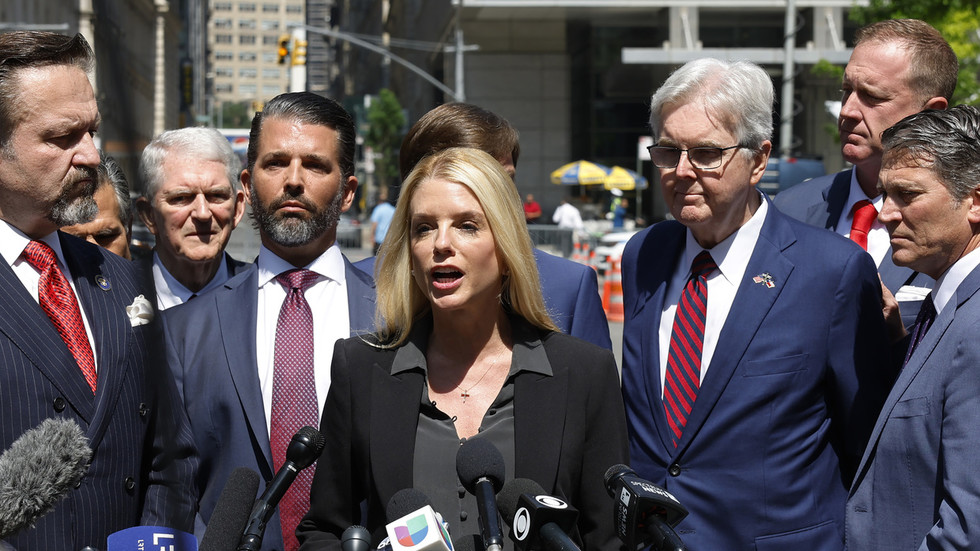
Updated
Nov 22, 2024, 12:21 AM
Published
Nov 21, 2024, 11:30 PM
BAKU, Azerbaijan – Malaysia’s environment minister hopes that the UN climate change summit (COP29) will close with a strong climate finance commitment that will be easy to access – with money allocated to help South-east Asian nations limit the impact of floods and heatwaves.
“Too often, adaptation is seen as the poorer cousin to mitigation. Both are crucial, and I think for South-east Asia, we are at the front lines of climate change, being a maritime (region). We should put more focus on adaptation,” said Minister for Natural Resources and Environmental Sustainability Nik Nazmi Nik Ahmad.
Two of Malaysia’s severe floods in recent times – in Kelantan in 2014 and around the Klang Valley in 2021 – led to losses totalling more than US$2.2 billion (S$2.96 billion) and this was largely borne by the government, he said.
The minister was speaking to The Straits Times on Nov 20, several hours before the latest proposal on the main outcome of COP29 – climate finance for developing countries – was released.
The current draft, released on the morning of Nov 21, proposes two options on the goal but left the key political issues – the amount of funding, who pays and the types of finance – undecided. Many developing countries are pushing for US$1.3 trillion per year in climate finance.
The first option, taking in developing countries’ expectations, focuses on ensuring that the funds are grants or grant-equivalent in form. The second option, reiterating the position of richer countries, is to broaden the types of finance – not just grants from developed countries – that count towards the final annual goal.
The COP29 presidency of Azerbaijan would need to bridge both options, with the summit expected to close in less than 48 hours.
Malaysia, echoing the sentiment of many developing countries and climate activists, hopes that the thrust of the funding will be grants-based, with private finance comprising a fraction of the coffer.
Mr Nik Nazmi said: “There should also be more grants as opposed to loans. The unfair financial architecture globally has penalised a lot of the poorer countries, and they’re loading these countries with debt which is not sustainable.”
He added: “So to expect these countries to then carry more debt to deal with climate change, I think it’s a bit unrealistic and unfair. And we know that a lot of the developed countries have achieved their level of development and standard of living on the back of climate injustice by using fossil fuels, some of them even from the developing world.”
According to a report by the Organisation for Economic Cooperation and Development, 69 per cent of public financing from developed countries in 2022 came in the form of loans.
Mr Nik Nazmi is also expecting climate finance to be easily accessible to developing nations, without hurdles in accessing it.
“We are worried that the funds would be difficult to access in terms of procedures and very stringent eligibility criteria. Our hope is for transparent modality and that (it) can reduce bureaucratic hurdles,” he said.
To develop its national adaptation plan, Malaysia has received funding from the Green Climate Fund – currently the UN’s main funding arm for disbursing climate finance.
The fund disburses up to US$3 million to help a developing country plan its climate adaptation measures.
What is more crucial is the funding required to implement the adaptation measures, Mr Nik Nazmi noted.
“If flood risks are properly calculated, then you could even take out insurance for it. But how do you make it insurable?”
Malaysia has also experienced a fourfold increase in heatwaves since the 1960s. Besides heat-related illnesses and bush fire, another hazard of rising temperatures, which emerged recently, is drowning.
The Star reported in August that there were about 20 drowning cases every month in 2024, as more people take a dip in rivers and other water bodies to cool down in the heat.
The climate finance coffer will also help developing countries afford to put in place measures to slash greenhouse gas emissions – such as carbon capture technologies or building renewable plants – thus allowing them to set more ambitious climate targets.
Malaysia wants to retire its coal-fired power plants earlier to meet its target of phasing out the pollutive power source by 2044. South-east Asia has about 2,000 coal plants that are less than 15 years old on average.
Mr Nik Nazmi said: “When you have 20 years more for the power plant, then it gets quite expensive to compensate the power producers (when the plants are retired earlier).”
Financing the early retirement of coal plants is challenging. Singapore is looking into a new type of carbon credit – called transition credits – to enable such early phase-out in the region.
Each credit would represent one tonne of planet-warming emissions that are prevented from being released.
When asked to assess Asean’s presence at COP29, Mr Nik Nazmi said member countries have begun discussing common positions to take at climate change talks, and he hopes this cooperation will be more apparent at the 2025 conference in Brazil.
“Asean is one of the most threatened areas with regard to climate change. We are also a major, major economic block. Our population, 670 million, is more than the European Union. Obviously, we are not as integrated in the way the EU is, but I don’t think that’s an excuse for us not to... have a stronger voice,” he said.
“(We can) ask the world to not only act faster, but we can even say that if there is more assistance coming in from the developed world, (we) can even be more ambitious as a region,” the minister said.

 By The Straits Times | Created at 2024-11-21 16:53:12 | Updated at 2024-11-28 02:46:58
6 days ago
By The Straits Times | Created at 2024-11-21 16:53:12 | Updated at 2024-11-28 02:46:58
6 days ago








